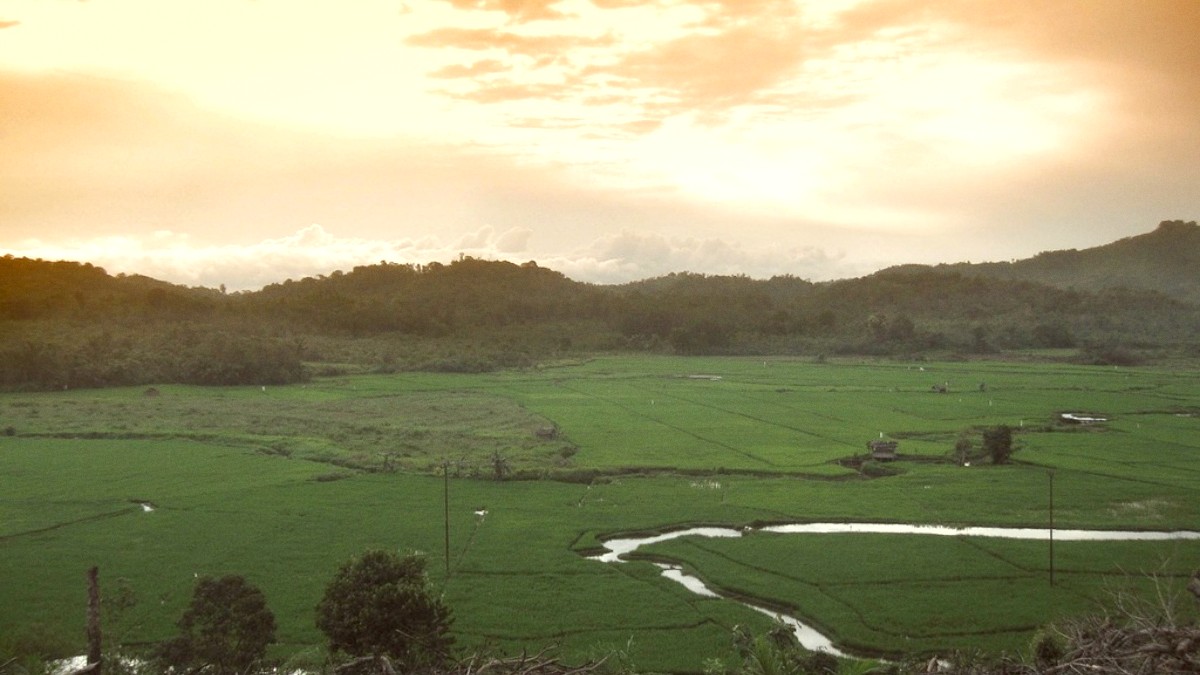
Buses are the main mode of public land transport in cities and for inter-city journeys. The extent of bus coverage varies by region. Metro or tram systems do not operate in Borneo.
In Malaysian Borneo, bus services are available in major cities. Inter-city buses are a common and affordable option. In Indonesian Kalimantan, bus networks connect major towns, but quality and reliability vary significantly.
Information on bus routes is found at bus terminals, local tourist information centers, or sometimes via local apps. Local inquiry is a helpful tool.
Fares are typically paid in cash directly to the bus driver. Having exact change is appreciated. Some cities might use pre-paid card systems.
Buses typically run from early morning (around 6 AM) until late evening (usually 9 PM). Frequency varies widely; major routes are frequent, others are infrequent.
Shared minivans common in Indonesian Kalimantan.
Motorcycle taxis, popular and available through apps like Gojek.
Bicycle rickshaws, rare and mostly for tourist rides in specific areas.
Essential for river-based travel to remote communities.
Taxis and ride-sharing apps offer convenient ways to travel, especially within cities.
Available at major airports and city centers. International chains and local companies operate.
Available in some tourist areas for short distances. Not advised for long trips.
Limited sharing programs. Some guesthouses offer rentals for local exploration.
Options include cars, motorcycles, and bicycles. Understand procedures and safety.
Bicycle sharing programs are limited. Some guesthouses offer rentals for local exploration.
Good for local exploration.
All three countries in Borneo drive on the left-hand side of the road. Seatbelts are mandatory. Speed limits are enforced.
Left-hand traffic.
Road conditions vary significantly. Parking is available in cities, often requiring payment. Finding parking can be challenging in busy areas.
Varying road quality.
Beyond common methods, specialized transportation helps you reach unique attractions or navigate specific terrains.
Standard immigration checks apply at seaports, similar to those at airports. Have your passport and relevant visa documents ready.
Seaports and ferry terminals usually have local taxi or bus connections available to take you to nearby towns or your accommodation.
Tour operators often provide coaches for excursions to specific attractions or for group travel, offering structured transport.
Always confirm destinations and fares beforehand, especially with taxis not using meters. For ride-sharing, verify driver and vehicle details against the app. Have local currency in small denominations.
River transport is unique to interior regions.